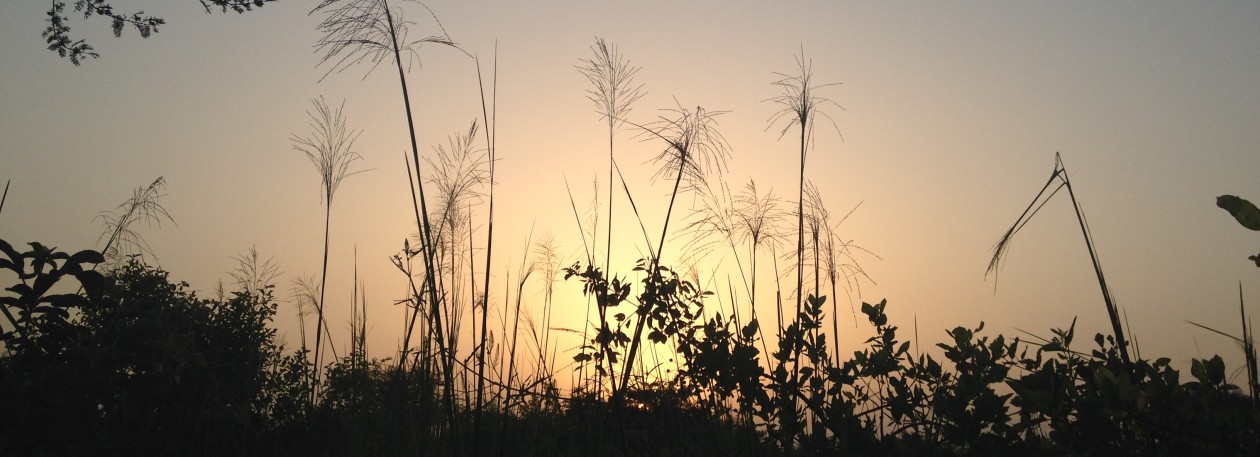Black is Beautiful Q&A

What Black is Beautiful is about, how it has evolved since its beginning, and one fellows hopes for the future of the program. In a recent interview with 2019 fellow Mammie Barry, Mammie provides us with a description of her experience as a Black is Beautiful facilitator, including details of the joys, challenges, and big picture takeaways from the workshop.
February 1, 2020
What is the purpose of the Black is Beautiful workshops?
Black is Beautiful aims to empower young people through promoting pan-African ideals. These ideals include positive affirmations of Black beauty, Black intelligence, and Black resources. In the community of Dalun, we wish to teach young people about beauty internally (self-confidence, determination, and self-love) and externally (the value of their melanin and afrocentric features).
Who participates in these workshops?
The workshop facilitators are the LTT fellows. Last year I was the only bi-co fellow and I worked alongside two other UDS fellows, Lydia and Sandra. Typically we will partner with a nearby school and we tell the students about our workshop and what we do. They’re very familiar with the program because we have been partnering with them for a while. We usually go to their school and at the end we had one big final workshop where about 150 kids participated.
What sorts of activities take place?
We use a presentation style. We discuss things and get feedback from the students and then inform them about the next event. It’s subject to change, you can design the workshop which ever way you would like, but for us it was really just about relaying the information to them.
What is the general vibe of these workshops?
The workshops can be very fun and attentive depending on how you relay the information. The children are often very excited when we come because we are outsiders and they are curious to know who we are. They ask a lot of questions and participate. They share their experiences and ask questions about the U.S. fellows.
How has the program developed over time?
The main change is that in 2019 it became its own internship. We had people dedicated solely towards Black is Beautiful. There was also more collaboration this year. We partnered up with the radio internship and we did radio programming as well, so we were able to hear not only from students, but also members of the community. They expressed how they felt and that informed our last workshop, so that feedback and community outreach was really important. I think that was a big difference from previous years.
Why were you initially interested in participating in Black is Beautiful?
It was personal to me and resonated with me. As a dark skinned black woman, I had done research prior to this fellowship on colorism and the impacts it has had, but I wanted to see how it manifested in a global context and different social settings. I wanted to make an impact with the team any way that I could. I wanted girls to feel confident in themselves and to see their own beauty just as they are without bleaching. Not everyone walks away fully convinced that they shouldn’t bleach their skin, but they learn where it comes from: colonization and other systems of domination.
Are there any particular moments or memories which stand out to you?
The LTT program uses this analogy. Being in the program is like building a bike and trying to ride it at the same time. I think what was difficult for me during the process was gauging if we were making any measurable progress or differences in the community. One moment that stuck out to me was one of the little girls we were interviewing with the radio program told us her little sister bleaches at home. She told her about the things we taught her at school and tried to convince her to stop bleaching. I felt that was a very worthwhile moment for me. It made me feel like they were listening. They were already really knowledgeable about the harmful impacts of bleaching because of the work from previous fellows, but to know they were going home and talking about it was really good.
What are your hopes for the future of Black is Beautiful and how do these connect to any larger hopes or goals for LTT?
One hope I have is to see more dark skinned people from America facilitating the program. To the kids, it meant a lot to see an American girl who looks like them, has the same hair as them, same everything. That dynamic is important to have and I hope that’s taken into consideration. I don’t think the impact would have been the same without that representation. The three of us who facilitated the program, Lydia, Sandra, and me, we gave the girls people to look up to. Overall I think this connects to the idea that we are all very similar in many ways. We come together to think about critical issues in a community that is not our own, but the issues are our own in many ways, so I think that’s how Black is Beautiful, and what I have learned from it, connects to the LTT program overall.
